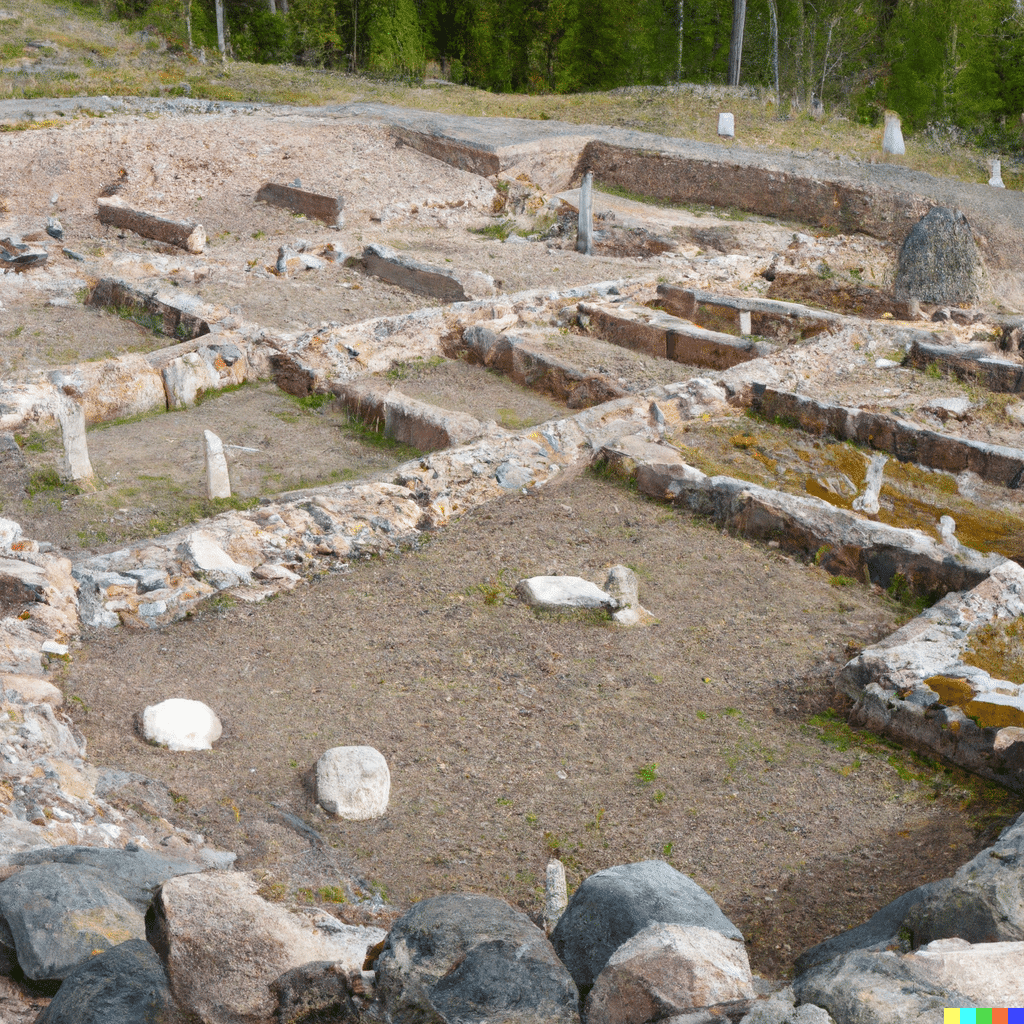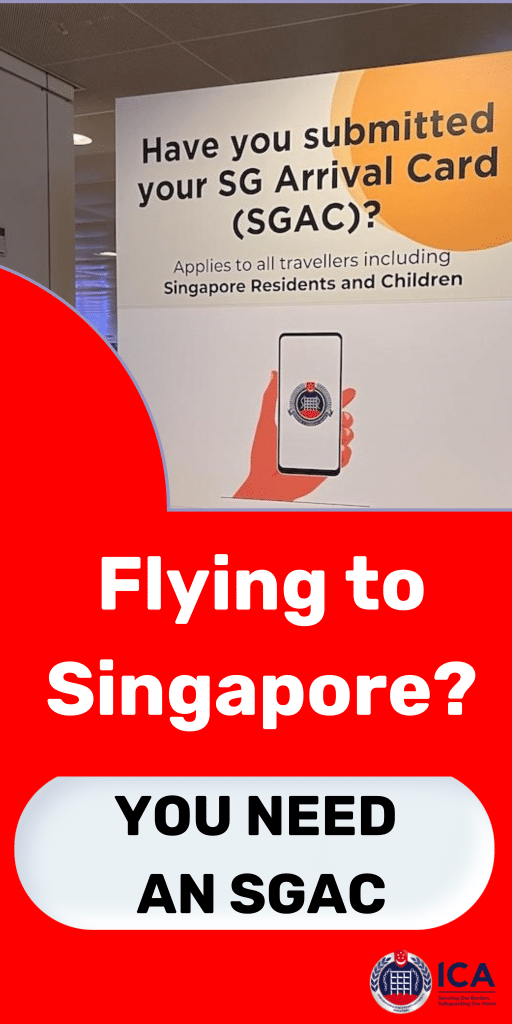Singapore is often seen as a modern, cosmopolitan city-state with a focus on the future. However, long before its current incarnation, Singapore has a rich, multi-layered history stretching back seven centuries. In this blog post, we’ll peel back the layers and explore the major developments in Singapore’s ancient history.
Early Beginnings
Although sparsely inhabited for centuries by fishermen and pirates, Singapore’s strategic location drove early interest in the island. Singapore sits at the tip of the Malay Peninsula, perfectly positioned along major east-west trade routes. Its natural harbor and rivers provided fresh water and access to the interior of the peninsula.
The island and surrounding area appears on a map created by the Greek astronomer Ptolemy as early as 150 AD. The map labels Singapore as ‘Sabana’, likely a reference to the Sabang river.
However, the earliest written records of Singapore come from a 3rd century Chinese account describing ‘Pu Luo Chung’, a transcription of the Malay name ‘Pulau Ujong’ or ‘island at the end’.
The Rise of Temasek
It wasn’t until the late 13th century that Singapore started to take on greater prominence. According to Malay Annals, Srivijaya prince Sang Nila Utama landed on the island around 1298 AD, discovering a strange creature he believed to be a lion. He then established a settlement called ‘Temasek’, meaning ‘sea town’ in Javanese.
Temasek grew into a thriving port settlement that served as an outpost of the Srivijaya Empire. Chinese records from the 14th century also reference Temasek as a trading hub frequented by Chinese junks and Indian vessels.
The prosperity and reputation of Temasek was further bolstered when its ruler Parameswara fled there after being driven from his kingdom in Palembang in 1398.
The Rise and Fall of Singapura
In around 1395, Parameswara established the Kingdom of Singapura and ruled for a period as its first Malay king. He is considered the founder of Singapore. Under Parameswara’s rule, Singapura developed into a significant trading settlement. Chinese trader Wang Dayuan noted there were about 1,000 families living in Singapura when he visited around 1330.
However, Singapura was short-lived. In 1398, the Javanese Majapahit Empire sent a fleet to conquest the upstart kingdom. Legend has it that the Majahpahit fleet used ‘sandalwood floats’ to mask their approach, taking Singapura by surprise. This historic battle is said to have taken place at the mouth of the Singapore river around present day Boat Quay.
Following Singapura’s defeat, its ruler Parameswara fled north to found the Sultanate of Malacca, leaving Singapura abandoned for centuries. The name ‘Singapura’ eventually morphed into the word Singapore.
The Forgotten Island
For much of the period from 1400 to 1800, Singapore slipped into obscurity. The shift of regional power to the Sultanate of Malacca saw Singapore’s strategic importance decline. Although still used by fishermen and pirates, Singapore was mostly ignored by regional powers.
There are sparse records of Singapore during these centuries. A few maps continued to label Singapore island but provide little detail. Portuguese sources from the 16th century mention Singapore’s role in regional trade but no permanent settlements. The most notable development came in 1613, when the Portuguese burned a seaside settlement called Danmar on the bank of the Singapore River.
The British Arrive
It wasn’t until 1819 that Singapore would re-emerge from the shadows. That year, Sir Stamford Raffles, an English statesman with the East India Company, established a British outpost on the island. Recognizing the strategic value of Singapore’s location, Raffles signed a treaty with the local chief and turned Singapore into a British port.
The signing of this treaty marks the true founding of modern Singapore. Raffles’ plans were soon realized. Immigrants flocked to Singapore from across the region, lured by the prospect of freedom and profit from trade. By the 1830s, Singapore was flourishing as a Crown colony and major port.
Over the next century and beyond, the foundations were laid for Singapore’s incredible success story. However, the centuries prior reveal Singapore’s often overlooked but fascinating ancient history. From a minor outpost to a prosperous kingdom and back again, Singapore’s past was anything but boring.
Key Takeaways:
- Singapore had many names over the centuries, including Temasek, Singapura and Pu Luo Chung, before taking its modern name.
- The ancient kingdom of Singapura was founded in the late 1300s by Parameswara but destroyed just a century later by the Majapahit Empire.
- For 400 years between the 1400s-1800s, Singapore was mostly abandoned and forgotten before the British revived it as a port in 1819.
- Singapore’s strategic location near vital trade routes led to initial interest and settlement on the island as early as the 3rd century AD.
- Modern Singapore has its roots in the British outpost established by Sir Stamford Raffles in 1819 rather than ancient Singapura.

Goh Jun Cheng is the chief staff writer for SingaporeAirport.com. Jun Cheng graduated with a degree in journalism from Nanyang Technological University in Singapore.
He has over 5 years of experience writing about aviation, tourism, and lifestyle topics relevant to locals and visitors in Singapore. His articles provide insights into the rich culture, cuisine, and attractions of Singapore. Jun Cheng is an avid traveler who has visited over 15 countries.
When he is not writing or traveling, he enjoys photography, trying new foods, and hiking. As a longtime Singapore resident, Jun Cheng is passionate about sharing hidden gems and perspectives about his home country.




